The 18th century canal tunnel that was a miracle of engineering, now reclaimed by Nature
The coronavirus put an end to Fiona Reynolds’ big walking adventures, but a local round along a Cotswold canal proved a restorative.

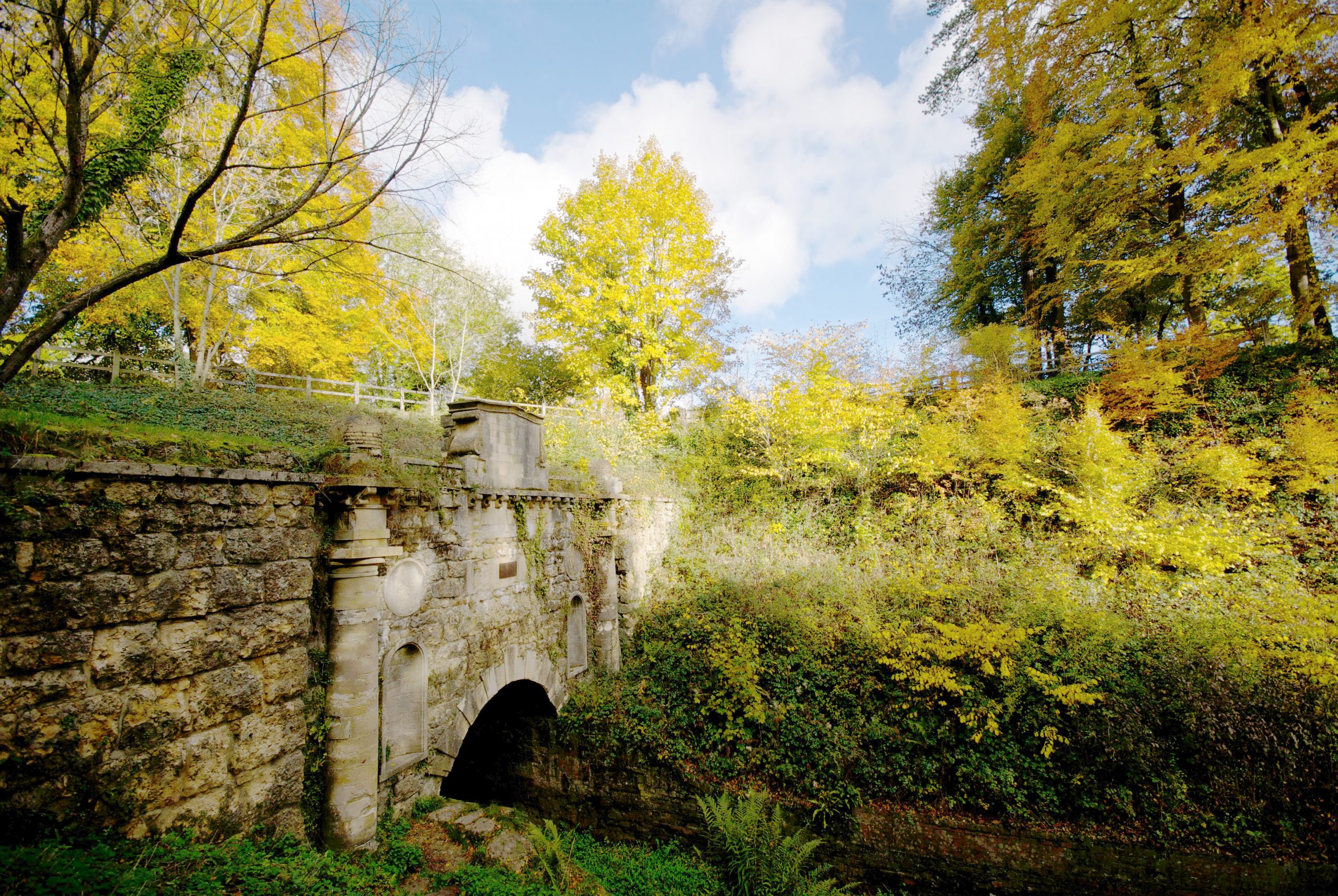
My most recent walk for Country Life was an energetic, breezy swing across the Fens, but for the past month, I’ve been in lockdown, at home and ill. A horrible chest infection (but no temperature) left my Cambridge doctor uncertain as to whether it was the virus, but my doctor at home says it almost certainly was. Although I’ve not been nearly as sick as some people, I have never felt worse. I’ve had no energy, been exhausted and struggled to be cheerful. All very unusual for me!
One thing has kept my spirits up: my daily walk, recommended by the Government and visibly, evidently, vital to the nation as a whole. Hearing about children confined indoors in Spain and knowing how many people live without gardens or green spaces close by reminds me, daily, how very lucky are those of us who live in the countryside.
My normal two-hour, early-morning walk has also gone by the board. For weeks, I’ve struggled to get out of bed, so my walks are short, but no less beautiful, rewarding and refreshing for that.
My daily round, about two miles long, is to walk to our beautiful Coates church, across the fields to the Tunnel House Inn, along the disused Thames and Severn Canal and back through fields to my home in the village. With glorious weather and spring bursting forth, nothing could have been more beautiful and energising.
"I can’t help hoping this stretch will remain as it is: a quiet reminder that Nature sometimes wins out"
The most magical section is along the canal, which was built to unite those two great rivers, stretching from Stroud to Lechlade in its heyday. In 1783, an Act of Parliament authorised the construction of a new canal so that goods could be transported from the Stroud Valley straight to London by boat. Its biggest challenge, and an extraordinary feat of engineering, was the construction of a 2½-mile tunnel dug through Cotswold limestone between Sapperton and Coates. It was achieved at huge financial and human cost.
Each portal, however, is a masterpiece: Sapperton’s has a fine castellated façade; Coates’s is a Classical design with columns, finials and niches. Both of them celebrate the grandeur and audacity of the project.
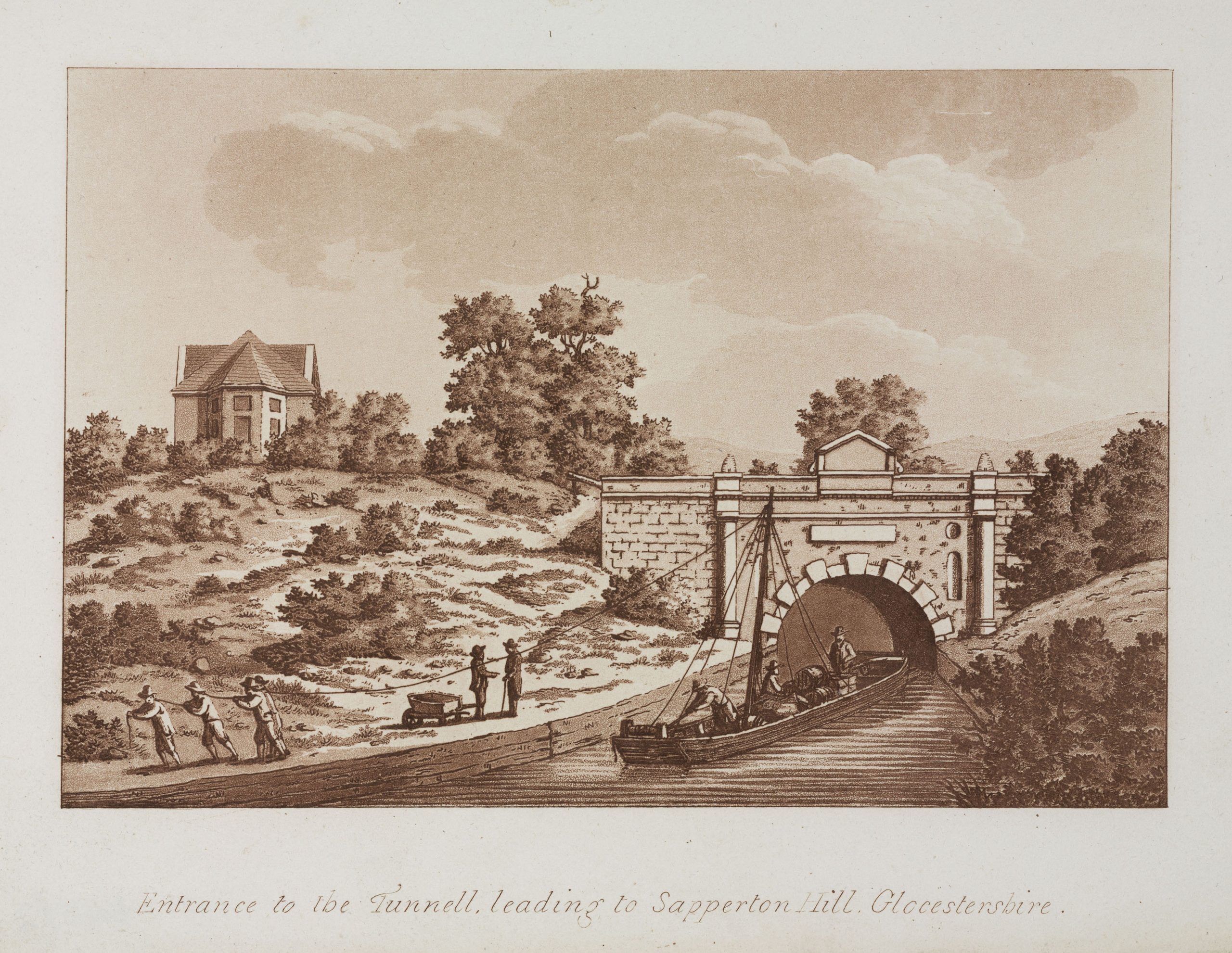
And audacious it was, because the canal struggled from the outset. The porous limestone meant leaks were a perennial problem. The tunnel was only built wide enough for one narrowboat, with no towpath, so crews had to ‘leg’ the boats through its long length.
Exquisite houses, the beauty of Nature, and how to get the most from your life, straight to your inbox.
Unsurprisingly, there were long delays as boats queued to get through the tunnel. Before long, frustrations boiled over and a faster form of transport was necessary. In 1845, the railway arrived, quickly displacing the canal, which has since quietly been reclaimed by Nature.
The towpath today is an overgrown riot of trees and bushes, the blackthorn flowering copiously and the ground strewn with primroses, violets and bluebells. Unless we’re in flood, there is now only water in the stretch known as King’s Reach from the Tunnel House to the Tarlton Road bridge. I’ve been watching the newts and a newly hatched brood of 15 ducklings gradually shrink to two.
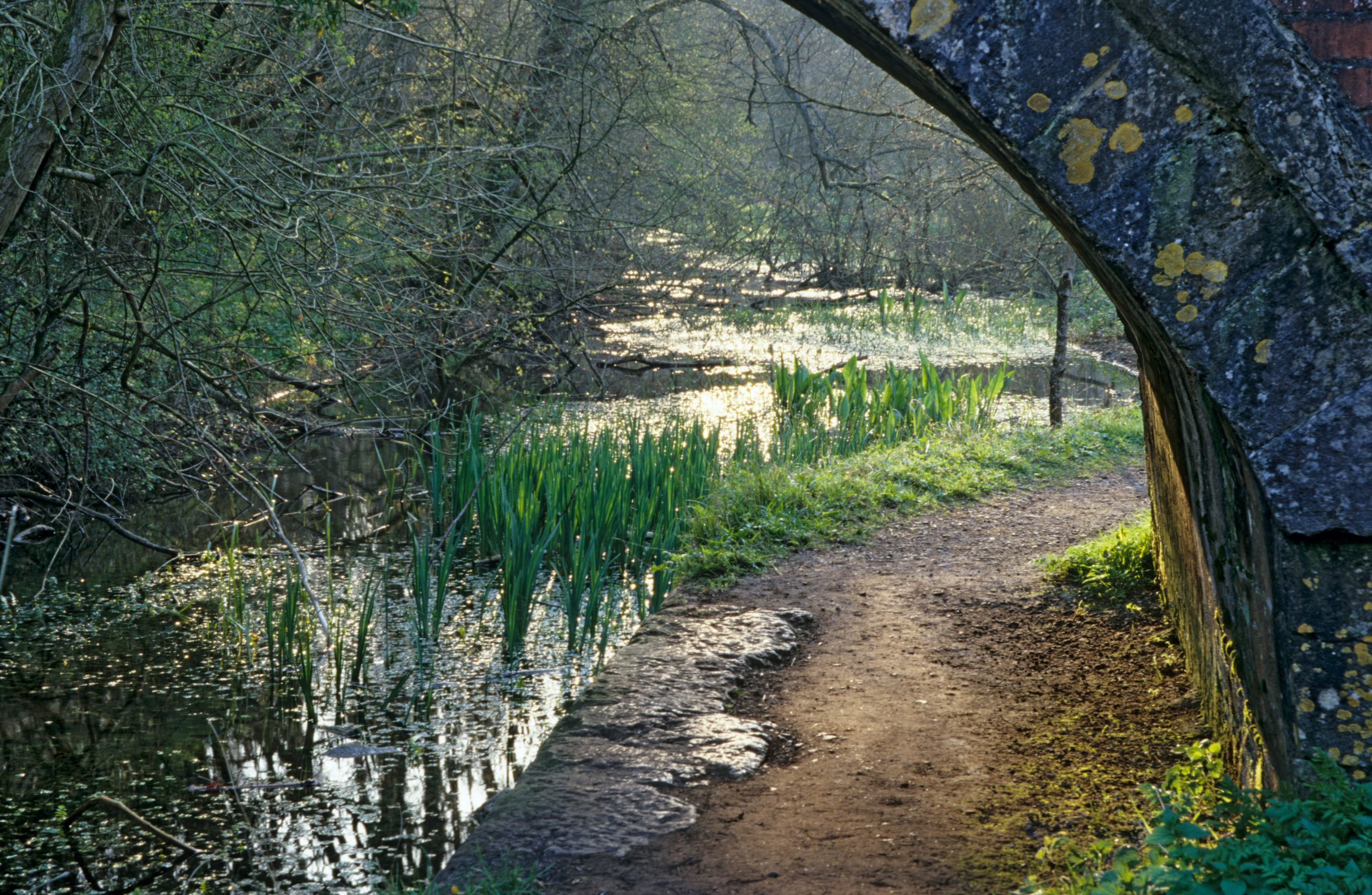
I pass the romantically decayed remains of a lock (there were once 28 ‘up’ locks from Stroud and 16 ‘down’ to Lechlade) and the stone roundhouse where the canal watchman lived, then pass under the beautifully arched and skew brick-lined tunnel of the railway. Soon after that, I reach another lovely stone bridge, where the towpath ends, and I resurface to walk home across the fields.
Early photographs of this stretch of the canal, the ‘summit stretch’, are almost shocking to see: there are no trees and the canal is stark and bare. Today, it’s alive with flora and beauty, a testament, perhaps, to the ephemeral nature of the canal. The Cotswold Canal Trust has done a fantastic job of restoring the lower reaches, but I can’t help hoping this stretch will remain as it is: a quiet reminder that Nature sometimes wins out.
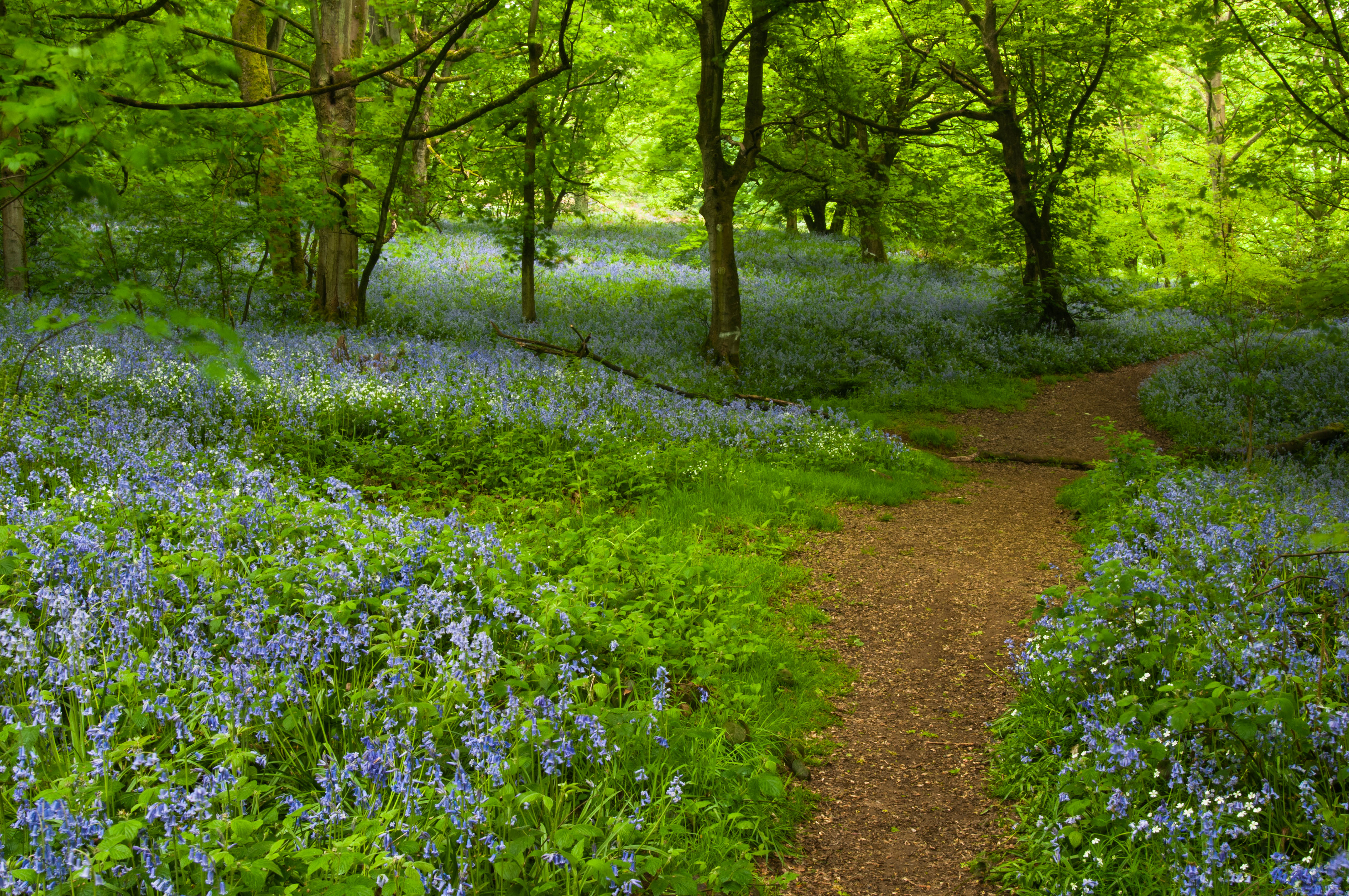
A walk through Badley Woods: 'My memory, is on fire, and I wander through the woods looking for places half-remembered, but intensely felt'
A return to scenes from a carefree childhood rekindles happy memories for Fiona Reynolds.
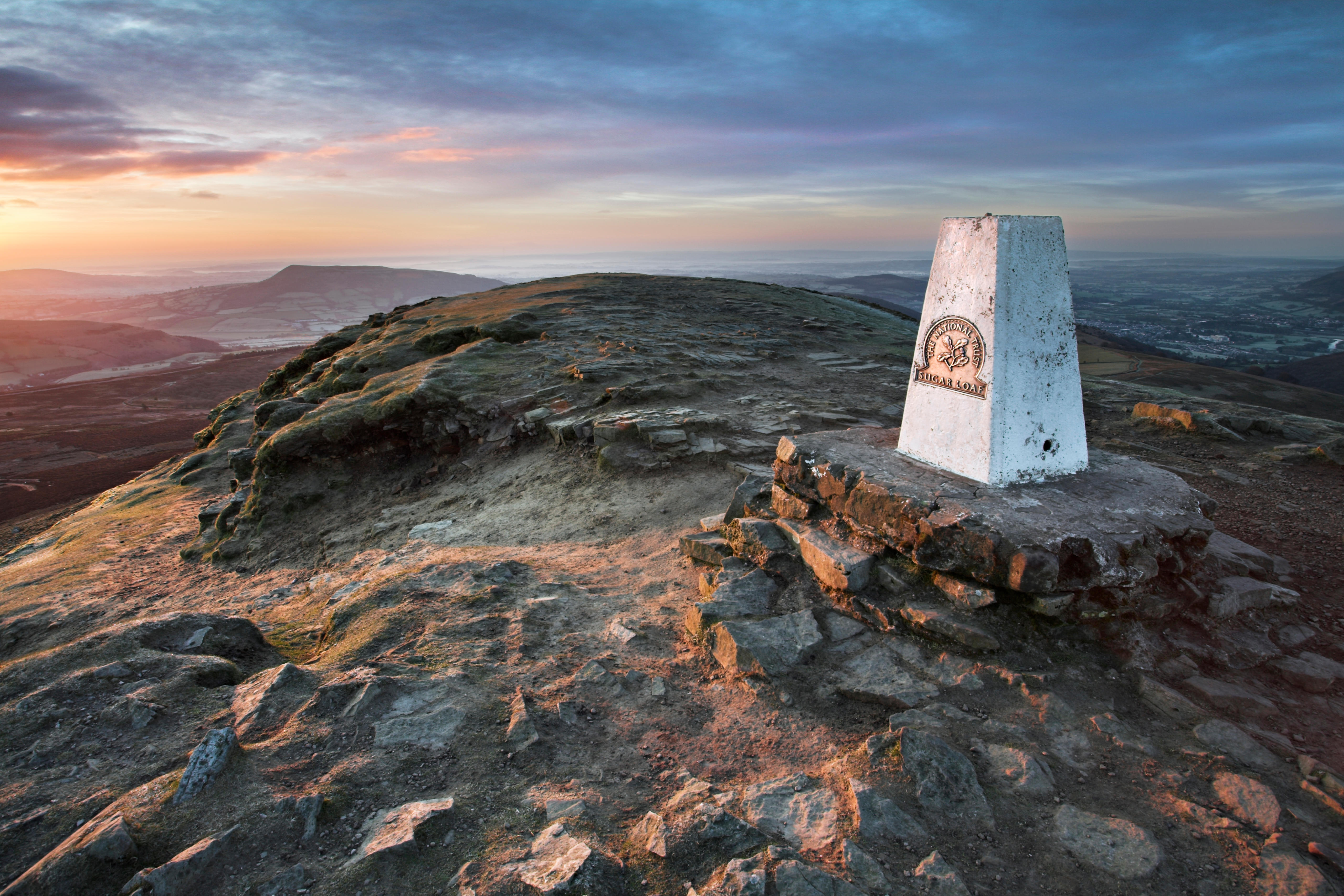
Climbing the Sugar Loaf, the irresistibly perfect mountain in a ‘wild and lovely’ setting
The Sugar Loaf in Wales’s Black Mountains is a satisfying little peak to conquer, as Fiona Reynolds explains.
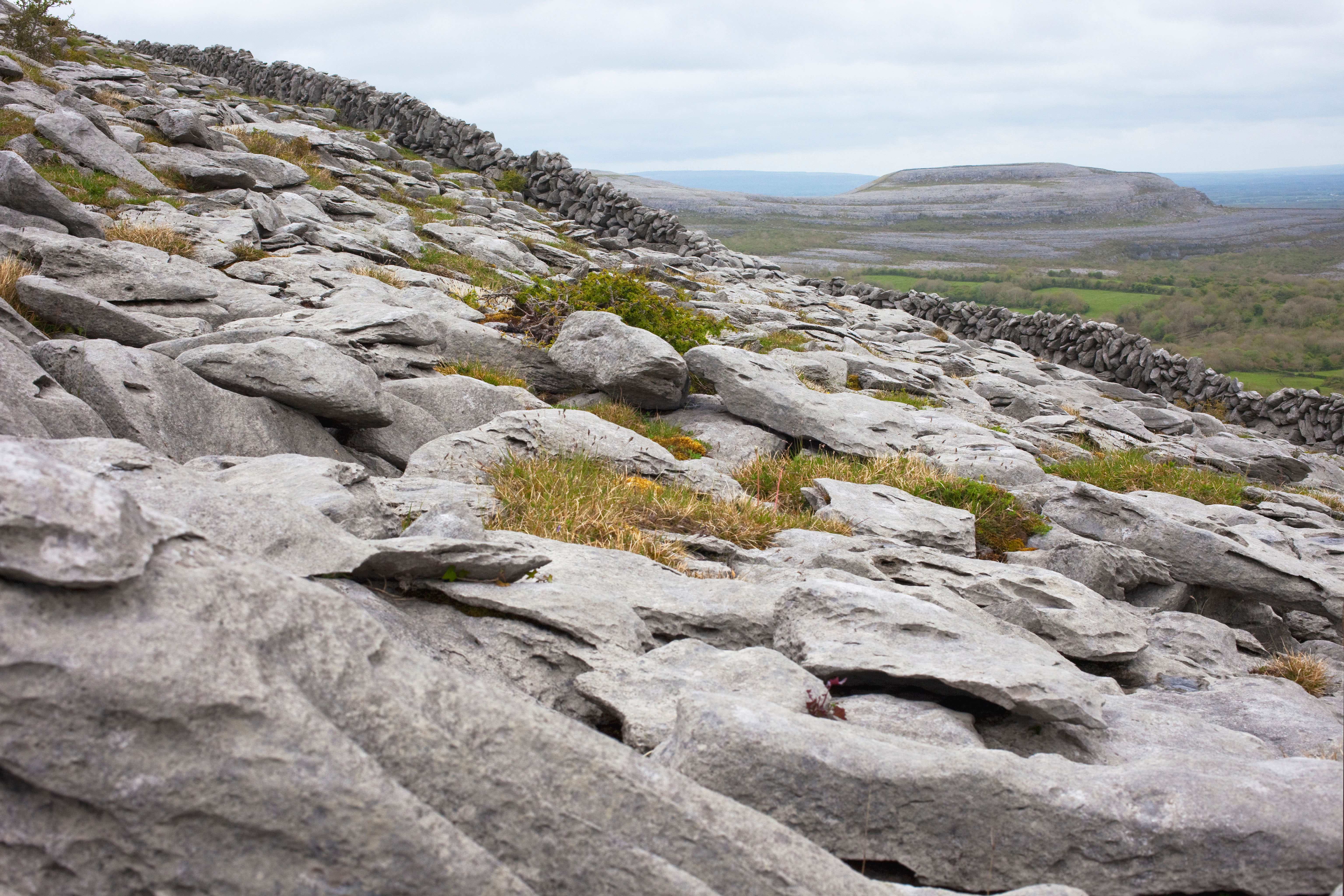
Walking The Burren, Co Clare: A place of curved hills, acres of open limestone and a landscape in which to lose oneself
Fiona Reynolds eats her words about regular walkers avoiding showers during the wettest months she can remember.
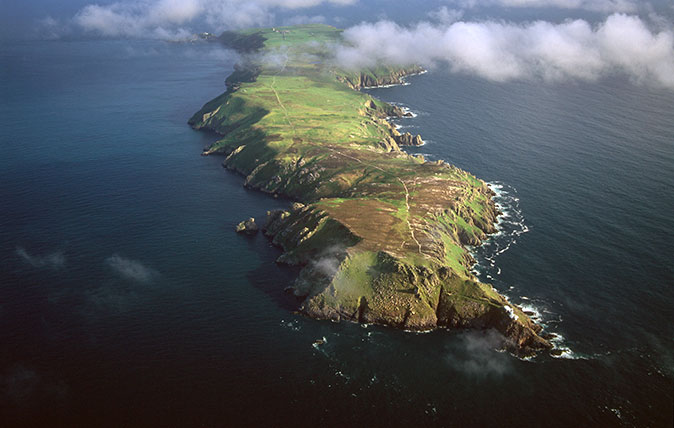
Credit: robertharding / Alamy Stock Photo
Lundy Island: The joys of a good walk, inspiring beauty and no phone signal
Fiona Reynolds was left refreshed and exhilarated after a trip to Lundy Island.
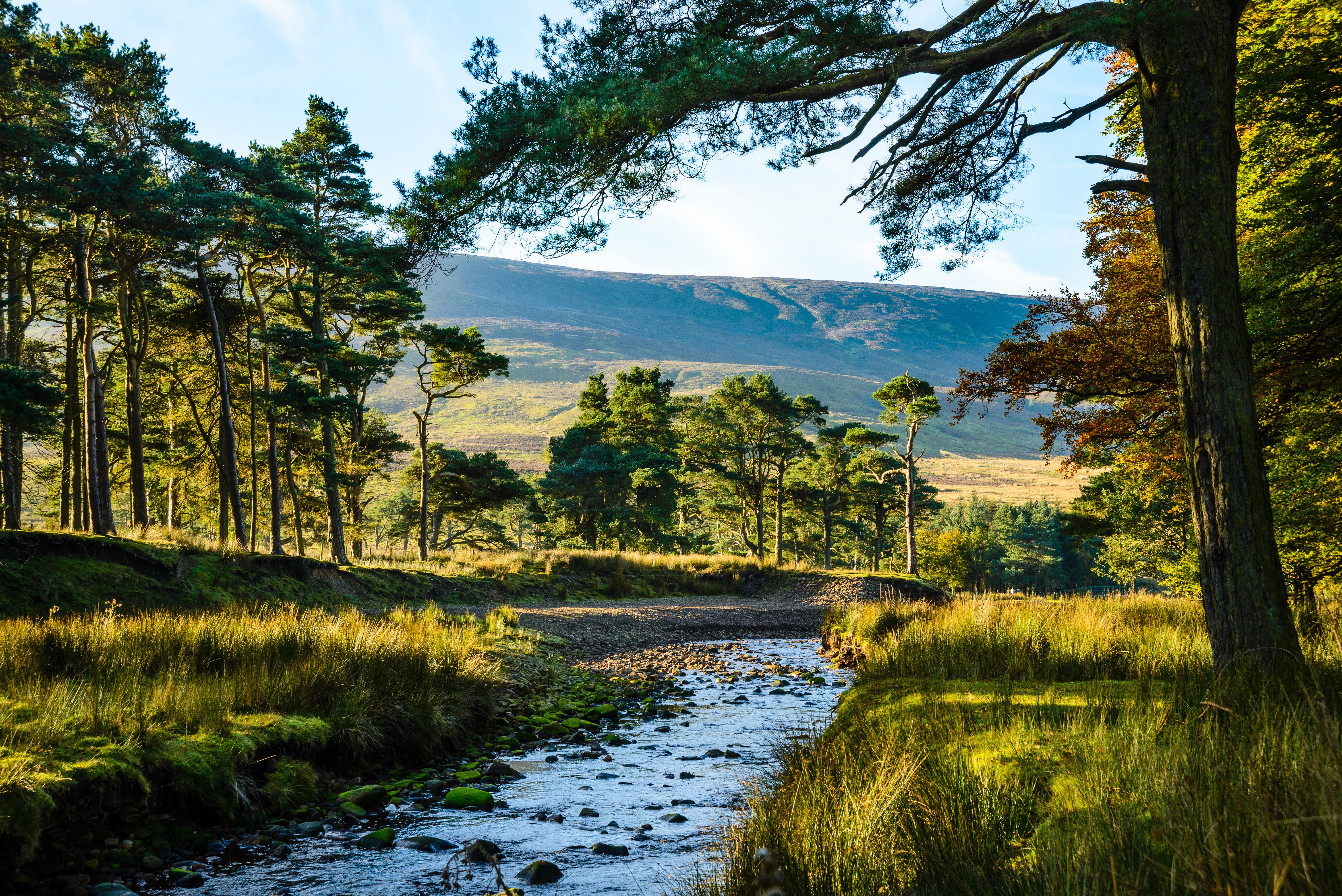
A walk through the Forest of Bowland: 'I feel the immensity of the history of this place and am deeply moved by it'
A solitary dawn walk through the Forest of Bowland is a magical experience, says Fiona Reynolds.
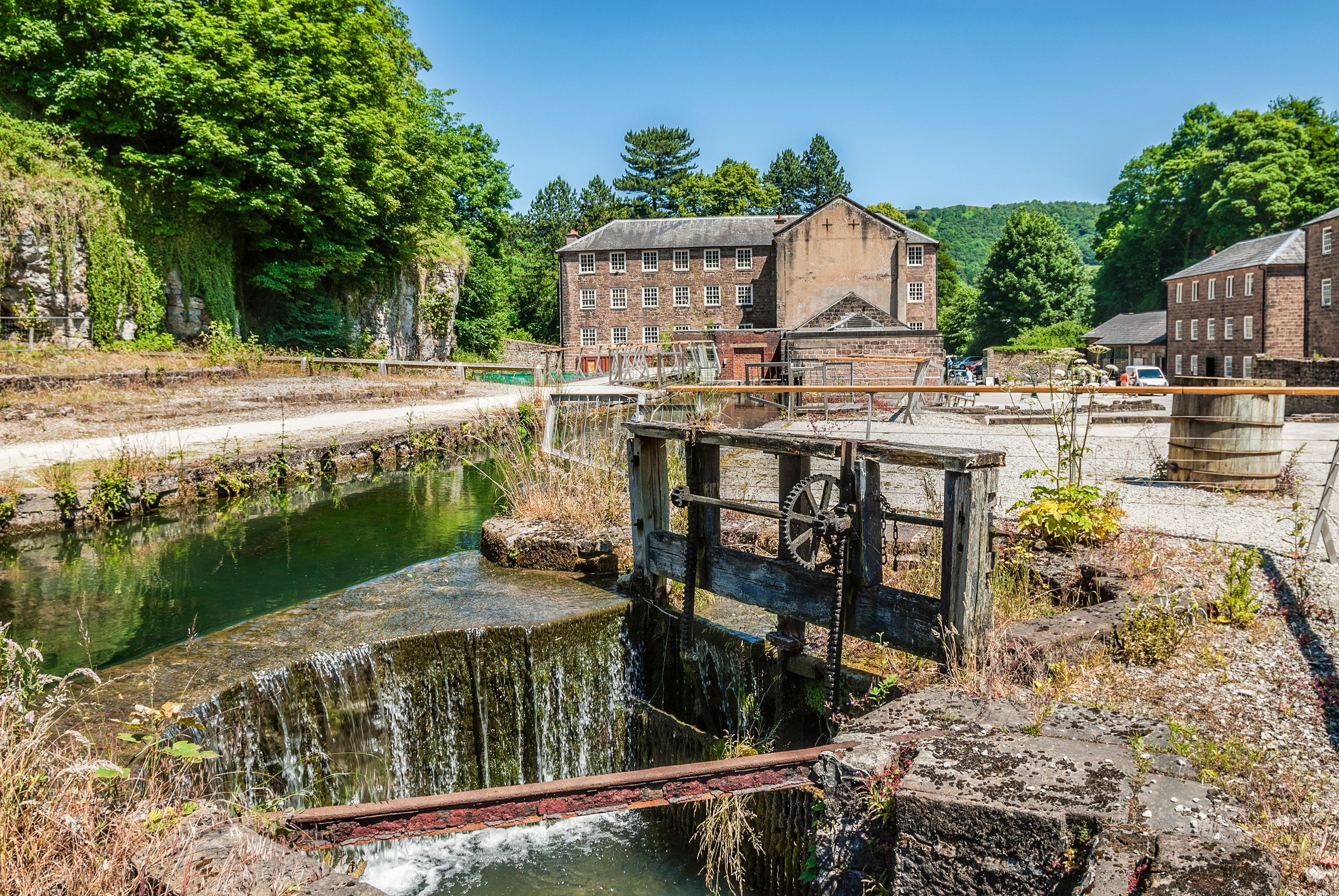
Walking Derby and the Derwent Valley, on a morning with 'dappled light on the river reflecting the monumental 18th-century mills'
Fiona Reynolds walks the Derwent Valley Heritage Way in Derbyshire, and is struck by the contrast between Man and Nature.
Fiona Reynolds is chair of the Food, Farming and Countryside Commission, the former director-general of the National Trust, former Master of Emmanuel College, Cambridge, and the author of The Fight for Beauty. Follow her on Twitter @fionacreynolds.
